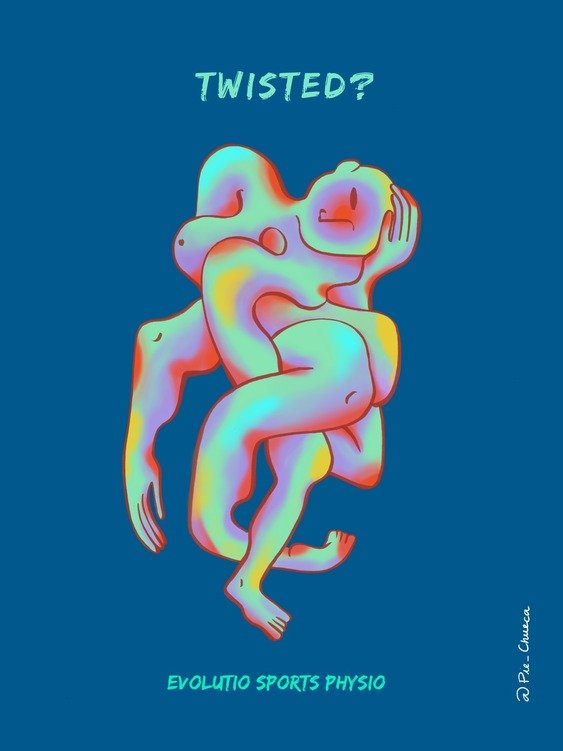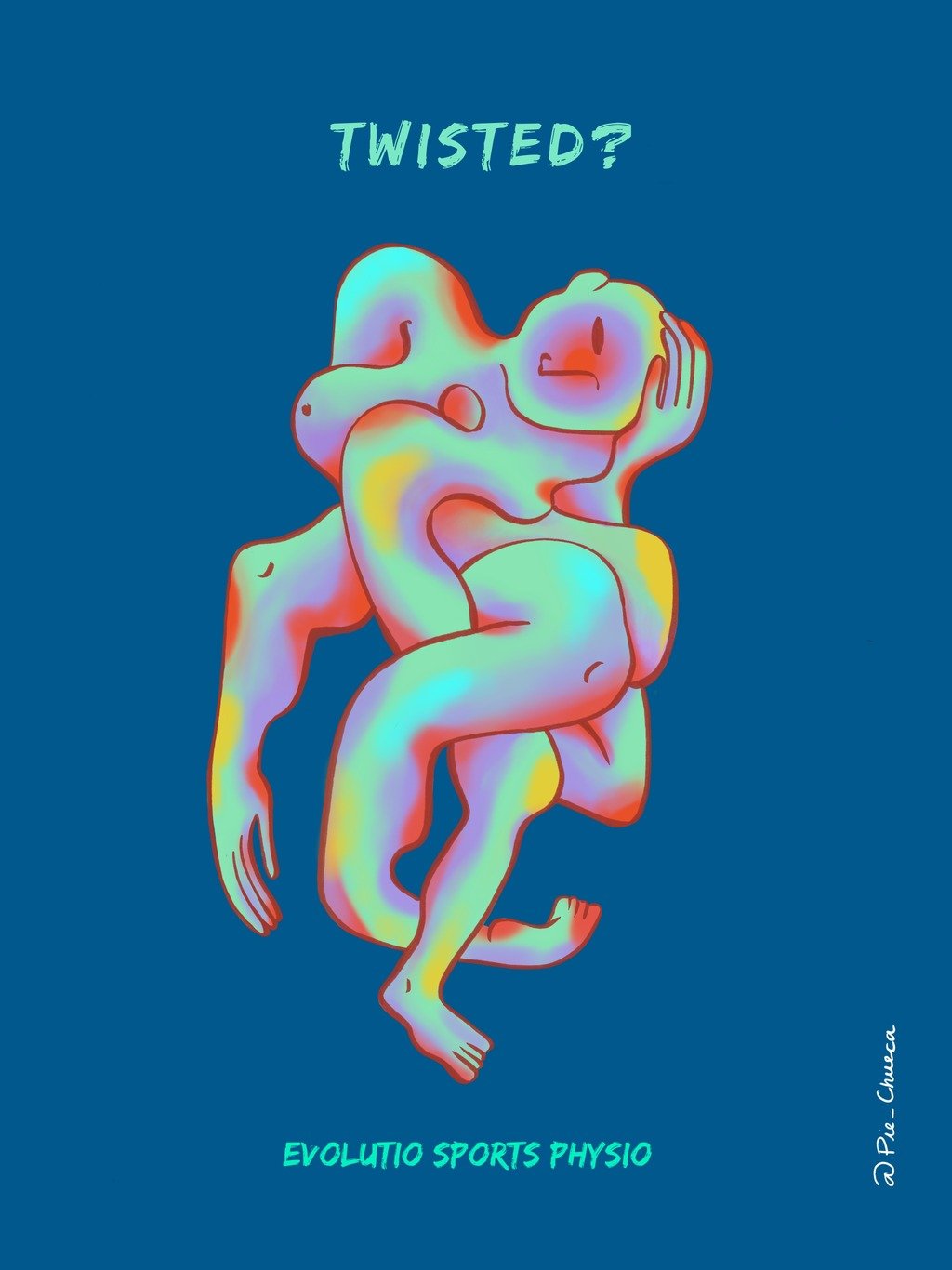
How do I choose a Good Physiotherapist?
Are you wondering how do I choose a good physiotherapist? Firstly, when working out, how do I choose a good Physio? Assess the physiotherapists character, passion and connection with you as a patient. Are they passionate about their job, do they want to hear about you and your life? do they want to hear about your history of injuries and be genuinely interested in not only your injury, pain and how it came about but also about your goals, plans and ambitions? When choosing a good physio, you need a practitioner who wants to learn, wants to get better, a physio who will guide you, check in on you and work with your towards your goals.

Can Carpal Tunnel Cause Elbow Pain?
Are you wondering can carpal tunnel cause elbow pain? Well, Carpal tunnel syndrome (CTS) primarily involves compression of the median nerve as it passes through the narrow carpal tunnel in the wrist. However, the symptoms of Carpal tunnel can extend beyond the wrist and affect areas along the path of the median nerve. The median nerve originates from the brachial plexus in the neck and travels down the arm, passing through the carpal tunnel and into the hand. Compression or irritation of the median nerve can lead to symptoms such as pain, tingling, and numbness not only in the hand but also in the forearm and sometimes extending up to the elbow.
When carpal tunnel syndrome progresses or is left untreated over extended periods of time, it can lead to referred pain that radiates to the elbow. The pain may extend beyond the wrist, affecting the forearm upper arm regions. This occurs because the median nerve communicates with other nerves in the arm, and the brain may interpret the signals as pain or discomfort in areas beyond the immediate site of compression.

What is the ACL Surgery Recovery Time off Work?
The ACL Surgery Recovery time off work can vary depending on several factors, including the extent of the injury, pre-surgical rehab, the surgical technique used and the commitment to rehabilitation. All of these can influence the ACL Surgery recovery time off work. However, depending on how demanding your work is on your knee, most people can return to work in an office role after 4 weeks. This might be part-time initially and then building up to full-time.
The ACL Surgery Recovery time off work for those individuals who work in physically demanding jobs such as carpentry, plumbing or landscaping might need 6-8 weeks off work. The important thing is to take your time initially with your rehabilitation, as the early stages are vital for your long-term success.

What is the Difference between Physio vs Osteo?
When comparing Physio vs Osteo, both allied health professions focus on enhancing individuals' well-being through hands-on techniques and therapeutic exercises. Still, they differ in their underlying principles and approaches. Physio utilises an in-depth subjective and objective assessment technique to take into consideration the history of injuries/pain and discomfort, combined with current dysfunction and pain to create a strong sense of causing factors of an injury and then build a long-term rehabilitation plan to restore optimal function, whilst managing pain but focusing heavily on strength and restoring mobility, confidence and positivity towards dysfunction. In contrast, Osteo can focus more on the skeletal system and posture related issues leading to your current pain, combined with taking a holistic approach and a look into how your diet, and stress also relate to your pain.

Can Tight Hips Cause Knee Pain?
Ever wondered if tight hips can cause knee pain? Well, tight hips can indeed contribute to knee pain, as the two joints are interconnected and share a strong biomechanical relationship. Anything that affects the knee will affect the hip, and vice versa, any force put through the hip will also go through the knee and vice versa.
When the hip muscles, particularly the hip flexors are tight, they can alter the alignment and mechanics of the lower body. This can affect how the force is distributed during movements, impacting the knee joint. Tight hip flexors may lead to an anterior pelvic tilt, causing the knees to move forward and potentially increasing stress on the structures around the knee. This is why tight hip flexors cause knee pain.

How to Relieve Pain after Massage
Firstly, hydration is crucial to relieve pain after massage. Drinking plenty of water helps flush out toxins released during the massage and prevents dehydration, which can contribute to muscle soreness. Aim to drink at least eight glasses of water throughout the day, and consider adding electrolyte-rich beverages to replenish minerals lost during the massage.

How to Relieve Latissimus Dorsi Pain
Relieving latissimus dorsi pain involves stretching, strengthening exercises, and self-care techniques. Stretching is crucial to alleviate tightness in the latissimus dorsi muscles. You can perform stretches like the doorway stretch or the child's pose in yoga to target the lat muscles. Hold each stretch for at least 15-30 seconds, focusing on breathing deeply to enhance relaxation and flexibility.

Can a Herniated disc cause Hip pain?
Are you wondering can a herniated disc cause hip pain? A herniated disc can cause hip pain through its impact on the adjacent nerves and structures in the spine. The spine is composed of vertebrae, and between each pair of vertebrae lies a disc that acts as a cushion. When a disc herniates, its inner gel-like material protrudes through the tough outer layer and may press against nearby nerves. If the herniation occurs in the lower back or the lumbar spine, the affected nerves could travel down the leg and into the hip.
The compression of these nerves can lead to a condition known as radiculopathy, where pain, tingling, or numbness radiates along the path of the affected nerve. This can manifest as hip pain, especially if the herniation is in the lower lumbar region, as the nerves connected to the hip may be affected. The severity and location of the herniation can influence the specific symptoms experienced, ranging from mild discomfort to sharp, shooting pain.